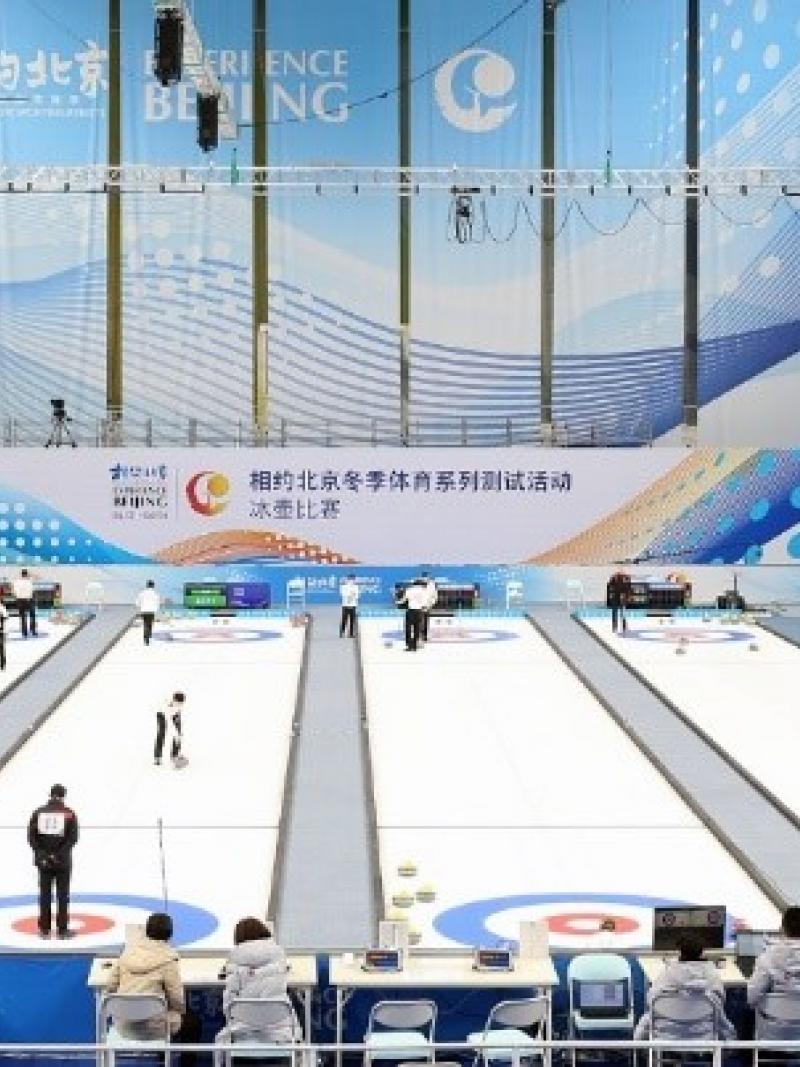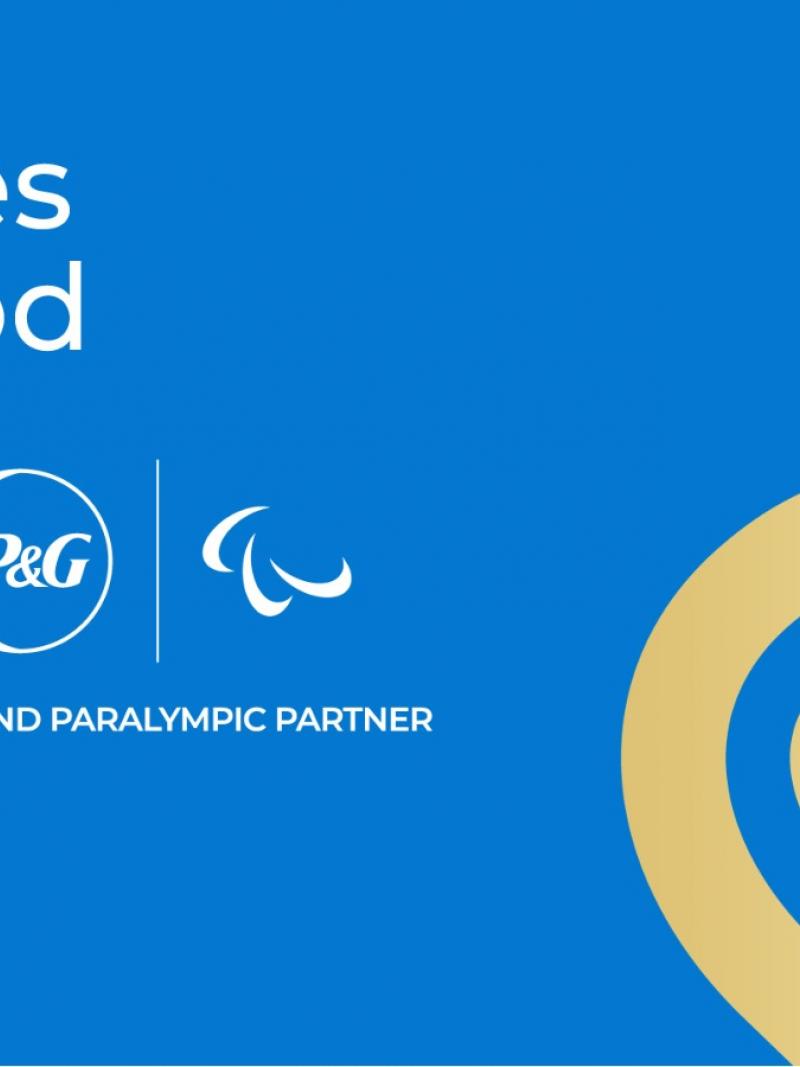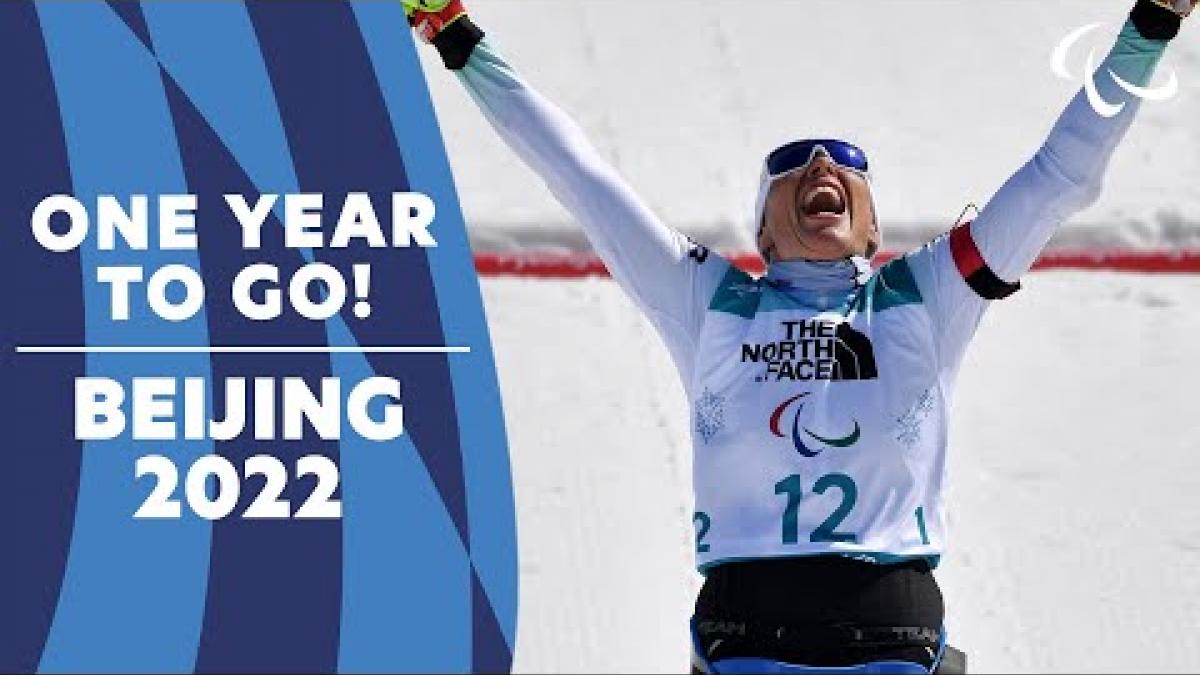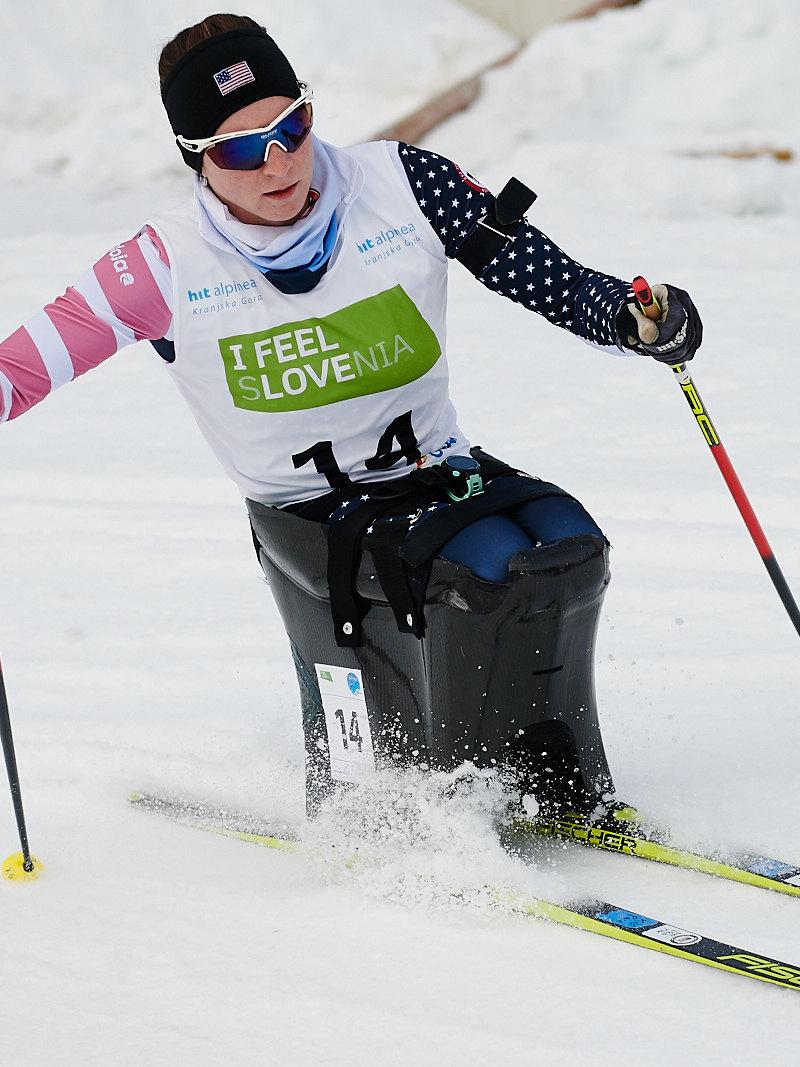Beijing 2022 launches legacy report
China look to engage 300 million people in winter sports 25 Jun 2021
The Organising Committee for the Beijing 2022 Olympic and Paralympic Winter Games launched the legacy report through which it aims to impact local communities by increasing employment, improving infrastructure and engaging 300 million people in winter sports.
Beijing 2022 is the first Games to deliver such a legacy plan under the Olympic Agenda 2020 and the New Norm.
All permanent venues have a sporting and social legacy plan for post-Games usage. Beijing 2022 has renovated and upgraded six venues from the Beijing 2008 Summer Games to accommodate winter sports.
The Wukesong Sports Centre, for example, is the first sports facility in China that can cater to both ice and summer sports with a transition time of six hours and enables local communities to actively use the venue all year round.
At the same time, the China Tourism Academy reported a record 224 million Chinese people participated in the 2018/19 winter season, exceeding 200 million for the first time in history. The 5th National Public Ice and Snow Season attracted more than 22 million participants and a total of 1,408 events were held across 31 provinces, autonomous regions and municipalities.
Investment in the industry amounted to around 610 billion yuan between 2018 and 2019. The growth has included 40 new ice and snow resorts, and nearly 1,000 ice rinks to be built in no less than 100 cities across China, demonstrating its long-term commitment to sports and society.
Educational authorities continue to promote 'Winter Sports for the Youth' and the 'Ice and Snow Programme for Schools', integrating winter sports into the school curriculum, teaching winter sports knowledge and history, opening winter sports classes, training winter sports teachers, setting up winter sports clubs and building real and artificial ice rinks.
Youth winter sports competitions flourished in 2019 and continue to grow, including Primary-School Ice Hockey League Matches, Youth Ice Hockey Club League Matches, Youth Skiing Competitions, Youth Figure Skating Competitions and School Winter Sports in Beijing. The Youth Ice Hockey Club League had 2,613 athletes from 199 teams in Beijing during 2019, representing a new passion for local children. The Zhangjiakou Municipal Government reports that local residents have been provided greater employment opportunities, with the poverty occurrence rate dropping.
The Beijing-Zhangjiakou High-Speed Railway and the Beijing-Chongli Expressway are already in operation, and major transport lines and passenger transport hubs in and around the competition zones have been completed, which will support the long-term sustainable development of the region after the Games.
The Beijing-Tianjin-Hebei Region has accelerated the development of clean energy to support China meeting its carbon neutrality target by 2060. Beijing and Zhangjiakou have increased investment in public services, including urban management, medical and communications.
Yanqing and Zhangjiakou competition zones will become year-round entertainment resorts for the Chinese general public and international tourists after the games. The Beijing 2022 offices, located at Shougang Park, will become a sports, technology and industrial incubator.










